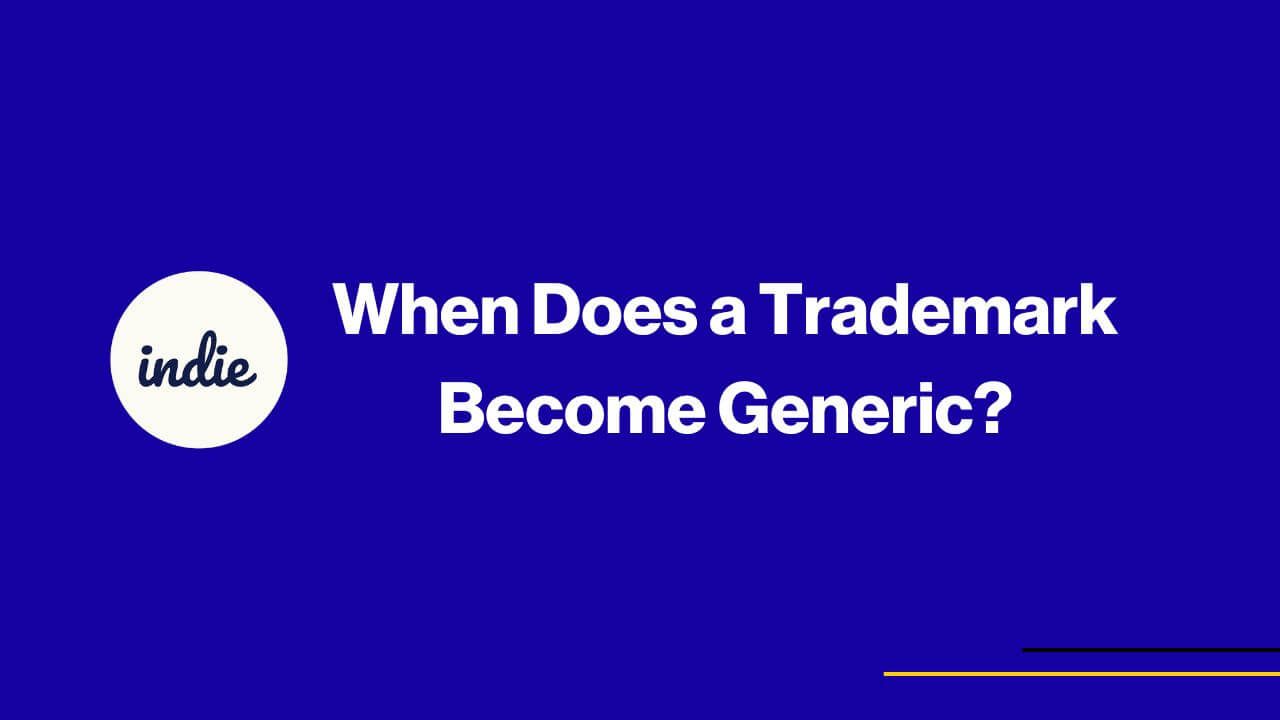In this blog, we’ll cover everything you need to know about trademark genericide, including its causes, famous examples, and actionable tips to safeguard your brand.
- What Does It Mean for a Trademark to Become Generic?
- How Does a Trademark Become Generic?
- Famous Examples of Genericide
- Preventing Your Trademark from Becoming Generic
- FAQ: When Does a Trademark Become Generic?
What Does It Mean for a Trademark to Become Generic?
A trademark becomes generic when the public uses it as a general term for a product or service rather than associating it with a specific brand. For instance, “escalator” was once a protected trademark but is now a generic term for moving staircases. This shift can strip a company of its exclusive rights to the trademark.
How Does a Trademark Become Generic?
Several factors can lead to a trademark losing its distinctiveness:
- Improper Use in Marketing: Using a trademark as a noun or verb rather than an adjective (e.g., saying “Google it” instead of “Search online using Google”). This improper usage can weaken the trademark’s uniqueness. For practical tips on maintaining proper usage, check out Sleight Law’s guidelines and tips for using your trademark correctly.
- Failure to Enforce Rights: If a company allows competitors or the public to misuse its trademark without taking corrective action, the mark’s distinctiveness can erode over time.
- Public Perception: When the majority of consumers start using the trademark as a generic term for a product category, its legal protection may be at risk.
Famous Examples of Genericide
These examples highlight how famous trademarks became generic:
- Aspirin: Originally owned by Bayer, it became a generic term after World War I when the company lost its trademark rights in certain jurisdictions.
- Thermos: Once a protected trademark for insulated bottles, now used generically for all similar products.
- Escalator: The Otis Elevator Company lost its rights when the term became synonymous with moving staircases.
To read about more examples, visit the Dictionary.com article on genericized trademarks.
Preventing Your Trademark from Becoming Generic
Here’s how to protect your trademark from falling into genericide:
- Use the Trademark Correctly: Reinforce the brand‚Äôs distinctiveness in usage. For instance, instead of saying “Do you have a Kleenex?” say, “Do you have a Kleenex-brand tissue?”
- Educate the Public: Make it clear in your branding and marketing materials that your trademark is a brand name, not a product category.
- Monitor and Enforce: Regularly monitor the market for improper use of your trademark and take legal action if necessary.
- Use the Proper Symbols: Display the symbols to indicate that the term is a protected trademark.
FAQ: When Does a Trademark Become Generic?
What is genericide?
Genericide occurs when a trademark becomes a generic term for a type of product or service, losing its distinctiveness and legal protection.
Can any trademark become generic?
Yes, any trademark can become generic if it‚’s not properly managed or enforced.
What happens if my trademark becomes generic?
If your trademark becomes generic, you lose exclusive rights to it. This allows competitors to legally use the term for their products.
How do I know if my trademark is at risk?
Your trademark is at risk if consumers widely misuse it as a noun or verb or if competitors use it without consequence. Regular monitoring and public education can help prevent this.
Final Thoughts
Trademarks are more than just logos or names they represent the identity and reputation of your business. However, even the most iconic trademarks can fall victim to genericide if not properly managed. By understanding the risks, monitoring public use, and actively enforcing your rights, you can protect your brand from losing its distinctiveness.
Remember, prevention is key. Use your trademark correctly, educate your audience, and act promptly against misuse. Safeguarding your intellectual property ensures that your trademark remains a valuable asset for years to come.

